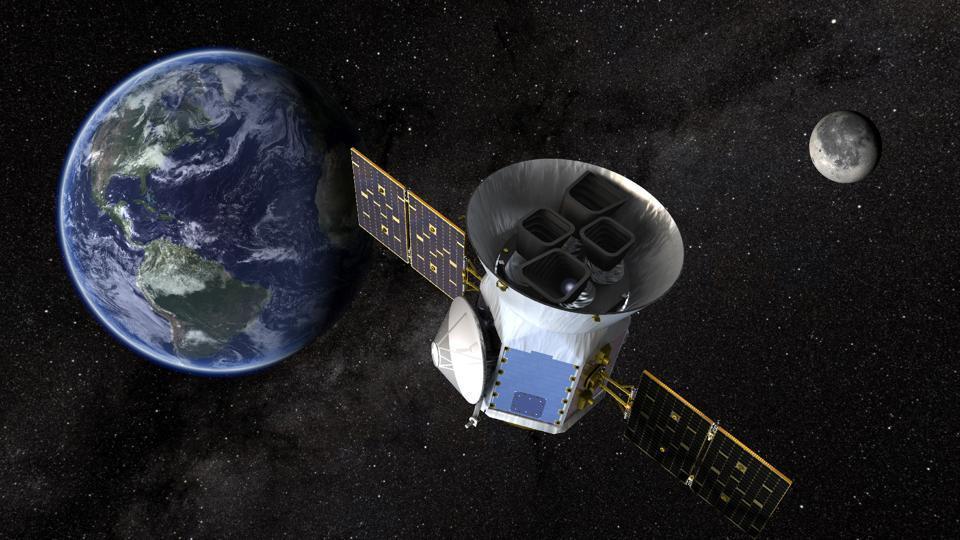A retired NASA satellite, 38 years old, is about to plummet from the sky. According to NASA, the chances of wreckage falling on anyone are “very low.” According to NASA, the majority of the 5,400-pound (2,450-kilogram) satellite will burn up upon reentry. Some pieces, however, are expected to survive.
According to the space agency, the chances of being injured by falling debris are one in every 9,400. According to the Defense Department, the science satellite is expected to come down Sunday night, give or take 17 hours.
The California-based Aerospace Corp., however, is targeting Monday morning, give or take 13 hours, along a track passing over Africa, Asia the Middle East and the westernmost areas of North and South America.
The Earth Radiation Budget Satellite, or ERBS, was launched aboard the space shuttle Challenger in 1984. Despite having a two-year expected working life, the satellite continued to collect ozone and other atmospheric measurements until its retirement in 2005. The satellite investigated how the Earth absorbed and radiated solar energy.
Challenger gave the satellite a special sendoff. Sally Ride, America’s first woman in space, used the shuttle’s robot arm to place the satellite into orbit. That same mission featured the first spacewalk by a woman from the United States, Kathryn Sullivan. It was the first time two female astronauts flew together into space.

